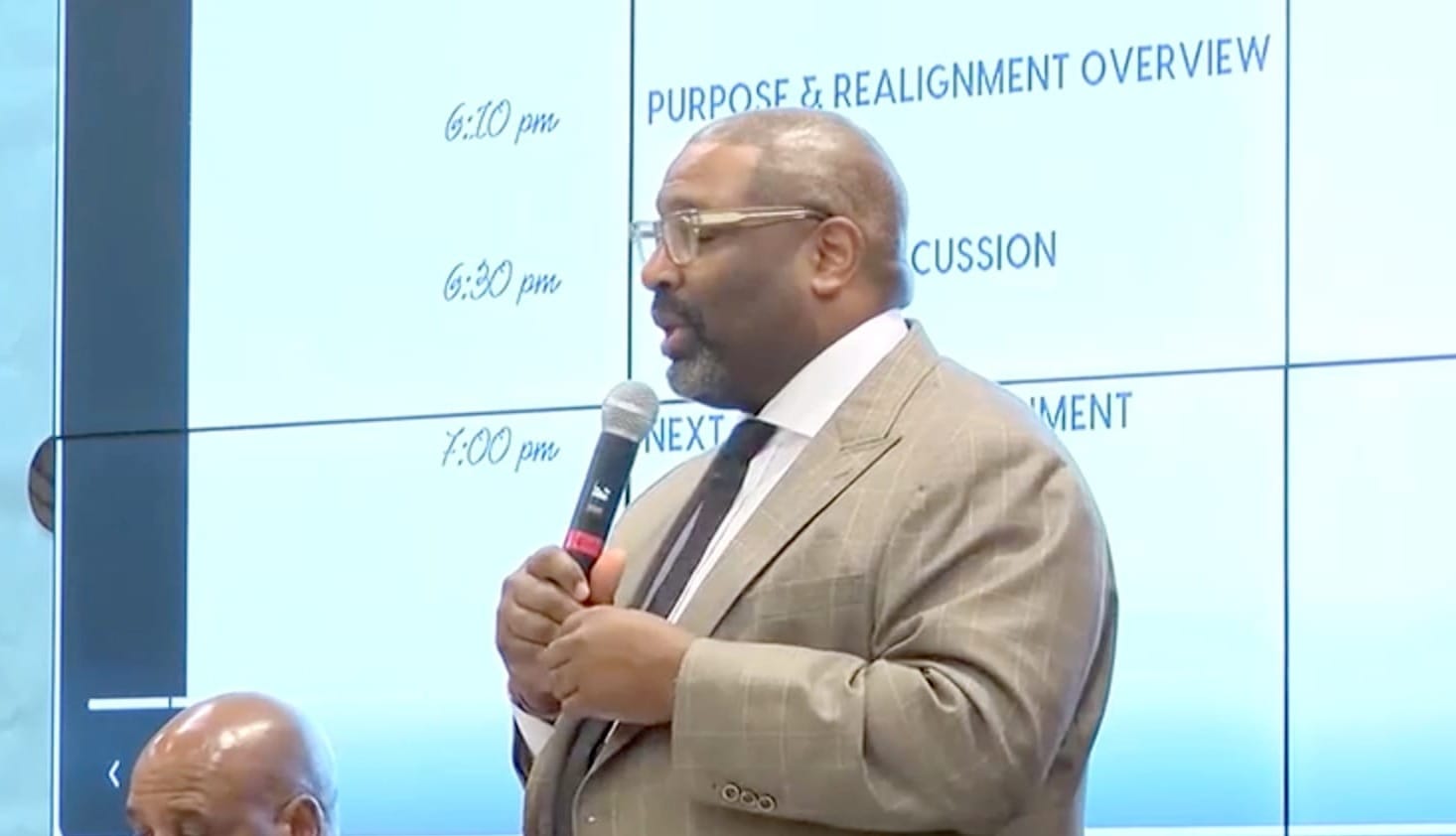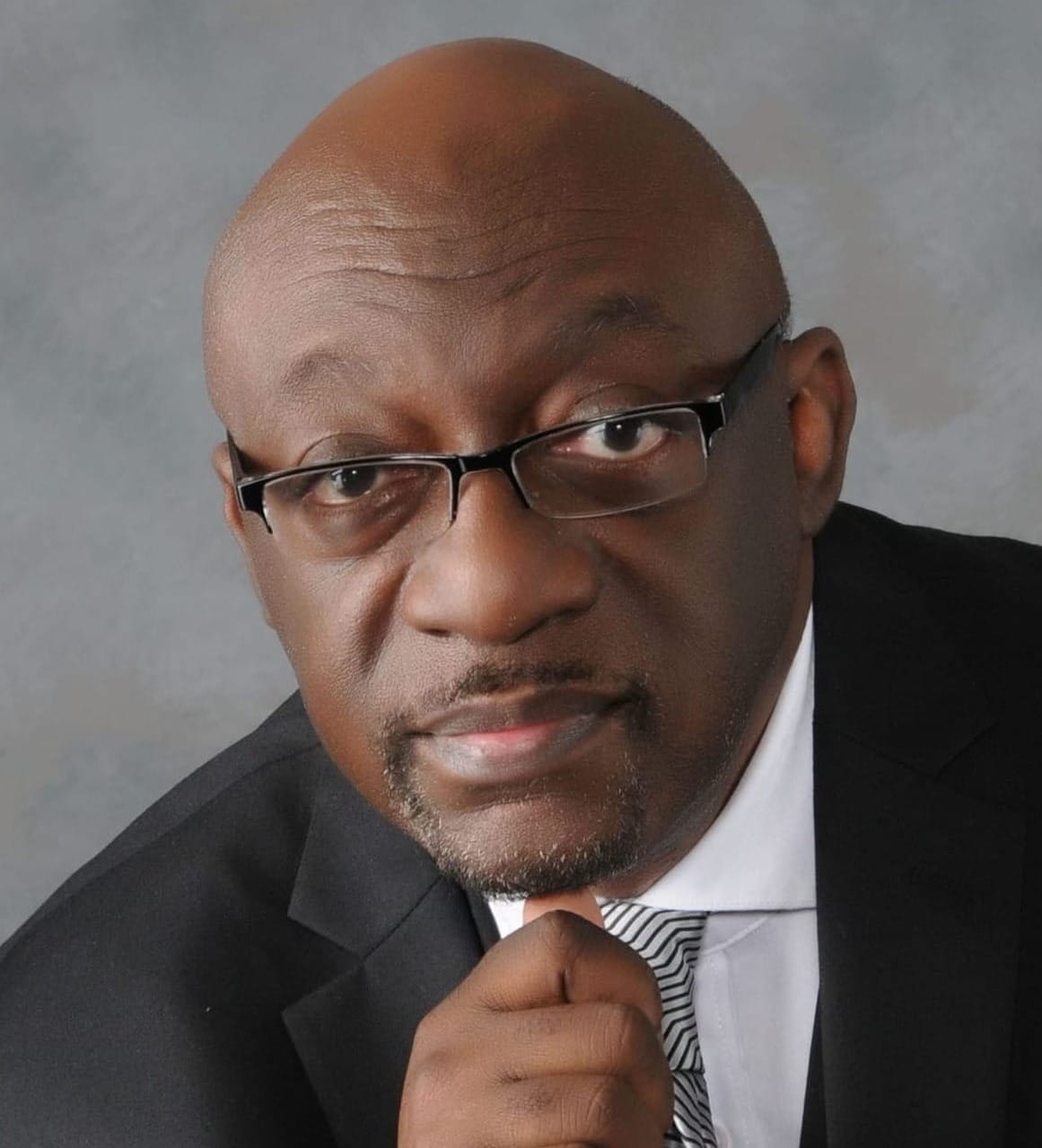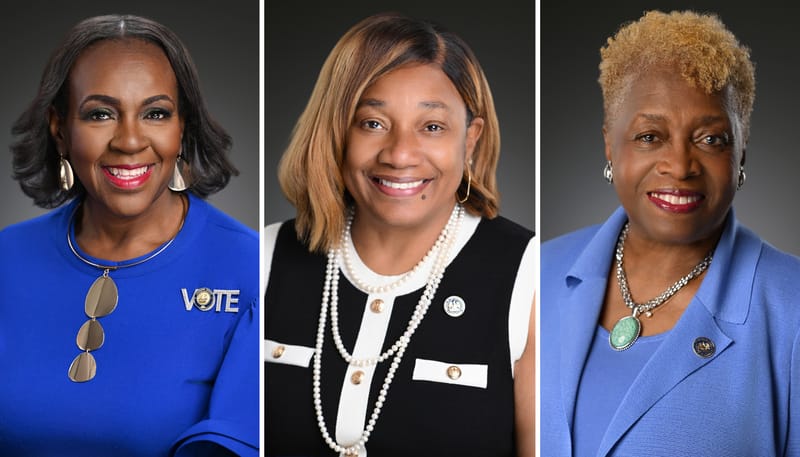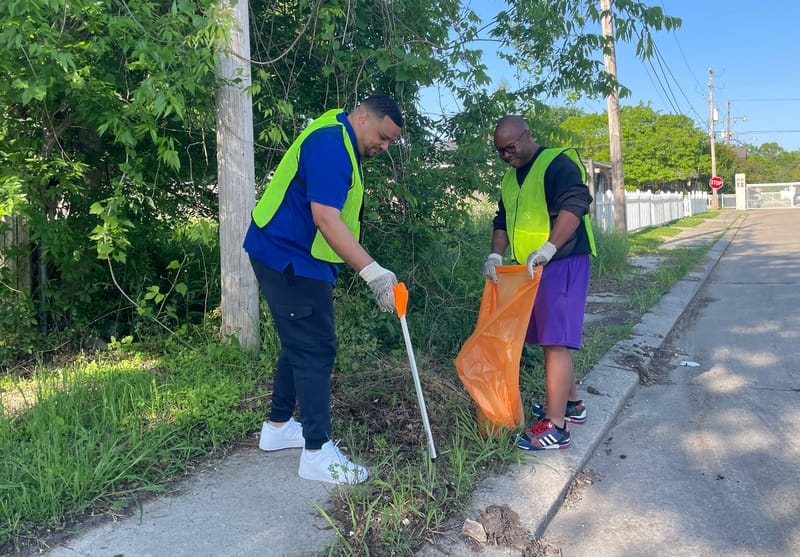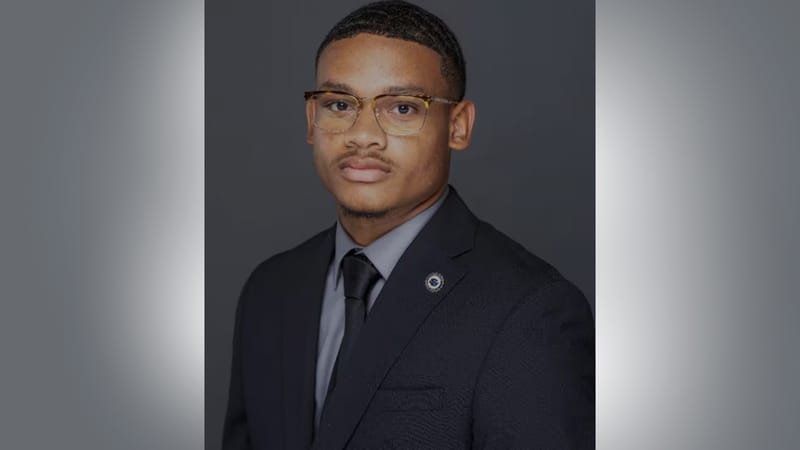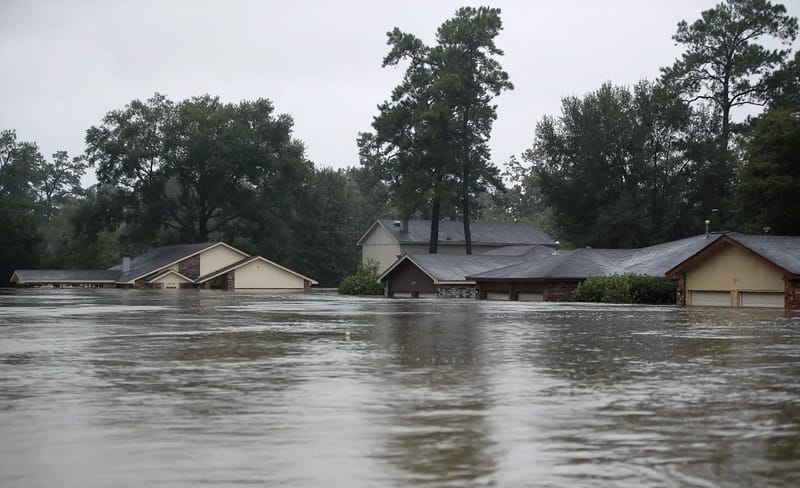EBR Schools Face Tough Decisions as Realignment Plan Sparks Community Debate
‘Doing nothing is not an option.’
BATON ROUGE, La. – East Baton Rouge Parish school officials held their second community meeting on Thursday, March 27, to discuss the district’s proposed realignment plan, a response to concerns over under-enrolled schools, aging facilities, and financial inefficiencies. The realignment process could mean school closures or consolidations, though district leaders insist they are still in the information-gathering phase.
Superintendent Lamont Cole assured attendees that no high schools will be closed under the plan, but he emphasized the need for action.
“Doing nothing is not an option,” Cole stated. He added that the district has been evaluating schools using a five-factor scorecard and will incorporate community feedback before finalizing recommendations.
The Need for Realignment: Data and Decision-Making
School board officials argue that the current number of school buildings is unsustainable. Many schools operate below capacity, requiring costly maintenance despite lower student populations. To assess which schools should be prioritized for upgrades or possible closure, the district is evaluating all campuses based on the following weighted criteria:
- Academic Performance (15%) – How well students perform on standardized tests and assessments.
- Capacity vs. Enrollment (25%) – Whether a school is under-utilized or overcrowded.
- Facility Condition (25%) – The physical state of the school building and required maintenance costs.
- Financial Considerations (25%) – The overall cost of repairs and the feasibility of continued operation.
- Community Impact (10%) – The role of the school in the neighborhood and how closures would affect students and families.
At the March 27 meeting, held at Capitol Elementary, school officials shared the realignment scores of 14 surrounding schools, detailing their conditions and estimated maintenance costs:
- Belfair Montessori – 2.55 score, $1.4 million in maintenance costs.
- Bernard Terrace – 2.1 score, $1.6 million in maintenance costs.
- Capitol Elementary – 2.85 score, $380,000 in maintenance costs.
- Claiborne Elementary – 2.7 score, $510,000 in maintenance costs.
- Crestworth Elementary – 2.1 score, $1.4 million in maintenance costs.
- Melrose Elementary – 1.85 score, $730,000 in maintenance costs.
- Merrydale Elementary – 1.85 score, $860,000 in maintenance costs.
- Park Elementary – 4.0 score, $0 in maintenance costs (best-rated school in the area).
- Progress Elementary – 3.5 score, $430,000 in maintenance costs.
- Ryan Elementary – 1.85 score, $1.3 million in maintenance costs.
- Winbourne Elementary – 1.95 score, $410,000 in maintenance costs.
- Capitol Middle – 2.7 score, $1.5 million in maintenance costs.
- Capitol High – 1.2 score, with no official financial assessment provided.
- Scotlandville Middle – 2.0 score, $760,000 in maintenance costs.
Park Elementary stood out as the highest-rated school, while Capitol High School received the lowest score. Several schools require over $1 million in repairs, adding to the district’s financial strain.
Community Concerns: School Closures, Teacher Support, and Charter Schools
The meeting drew a diverse group of parents, teachers, and community members, all eager to have a say in the district’s future. Some advocated for increased teacher training to better support students with ADHD and behavioral challenges. Others pushed for the adoption of violence prevention strategies and the replication of best practices from successful schools rather than closing struggling ones.
“I’d love to see more training for teachers on how to deal with children that have ADHD or some behavioral issues,” one attendee stated, reflecting a widespread concern about student support.
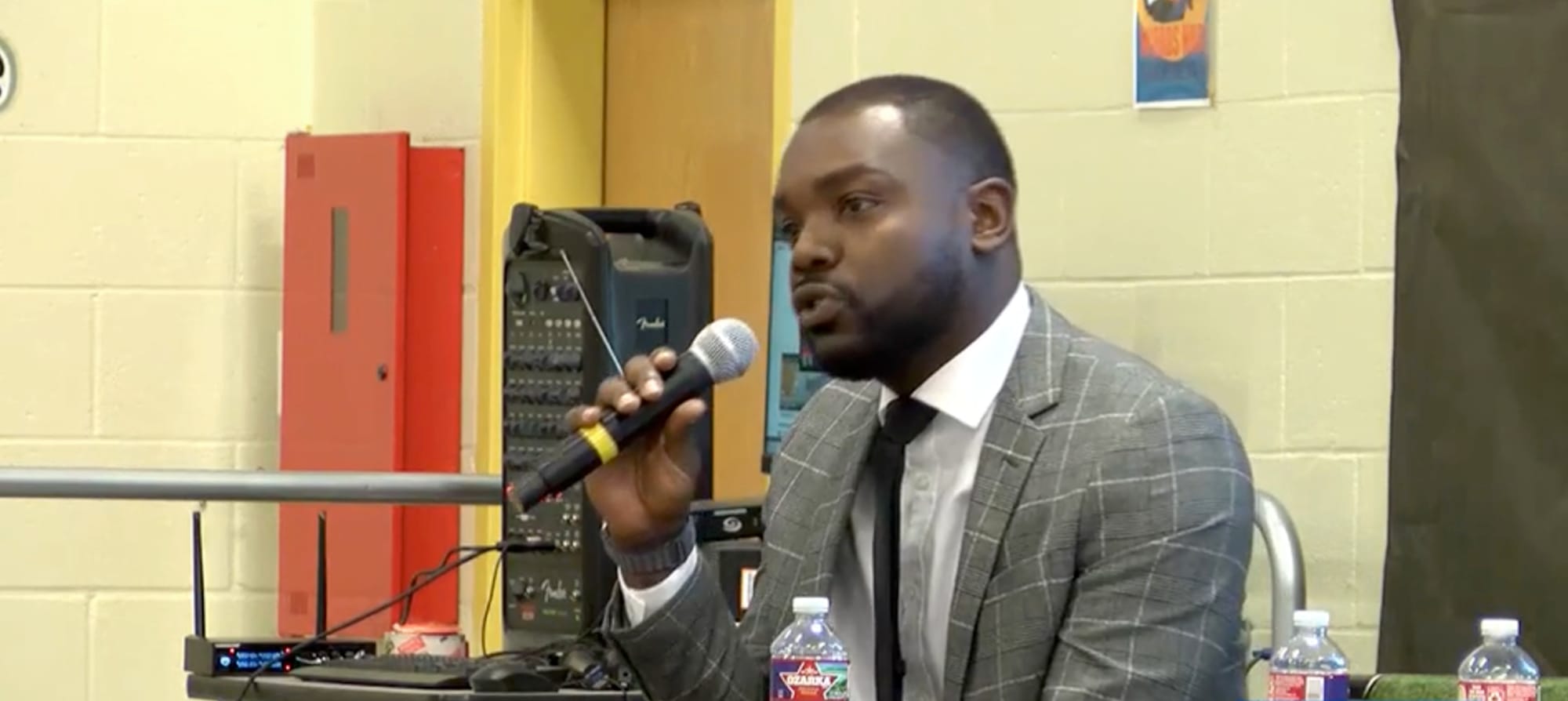
A major point of contention was the fear that public school closures could lead to an increase in charter schools. School board member Dadrius Lanus directly addressed these concerns.
“I’m fully committed to supporting the realignment plan, but only if it benefits our community. What I want us to reconsider and recommit to is that we cannot close schools and then turn around and open charter schools in the same areas,” Lanus said.
Board member Shashonnie Steward echoed this sentiment, assuring attendees that the district would not allow school buildings to sit vacant.
“We are putting together a plan to decide what to do with those buildings,” Steward said. “So no, the plan is definitely not to have vacant buildings in our district.”
Superintendent Cole reinforced that realignment is about improving education, not just closing schools.
“We’re going to look at every aspect and then discuss how we put these kids in better seats, with better teachers and better facilities based on the entire scorecard, not just the academic performance,” he explained.
Next Steps: Final Meeting and Upcoming Decisions
Superintendent Cole noted that the district has held three internal meetings before these public sessions. After the final community meeting, leaders will review all gathered input before drafting an official recommendation for the school board.
The final community meeting will take place on:
April 10 at 6 p.m. at Broadmoor Elementary
The school board is expected to review and vote on the realignment plan by the end of April.
As discussions continue, the future of East Baton Rouge’s public schools remains uncertain, but one thing is clear: the community is engaged, and voices from all sides will shape the outcome.


